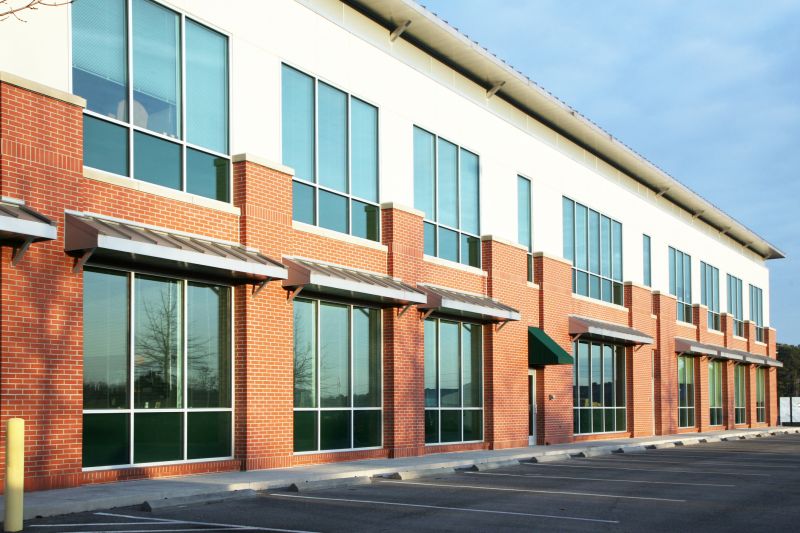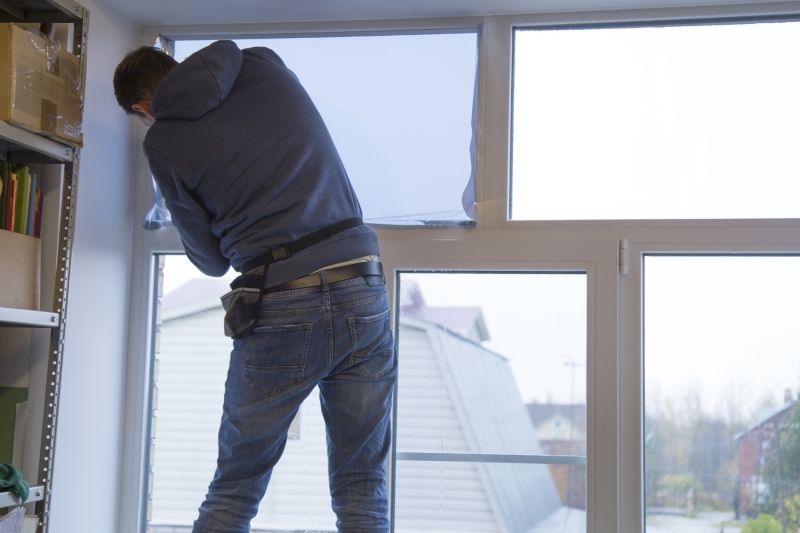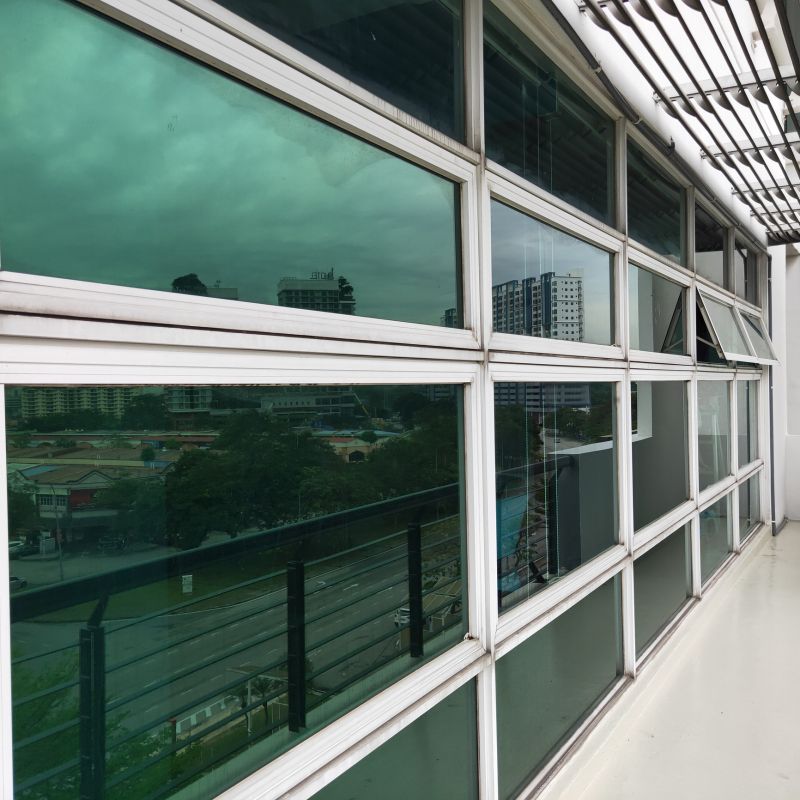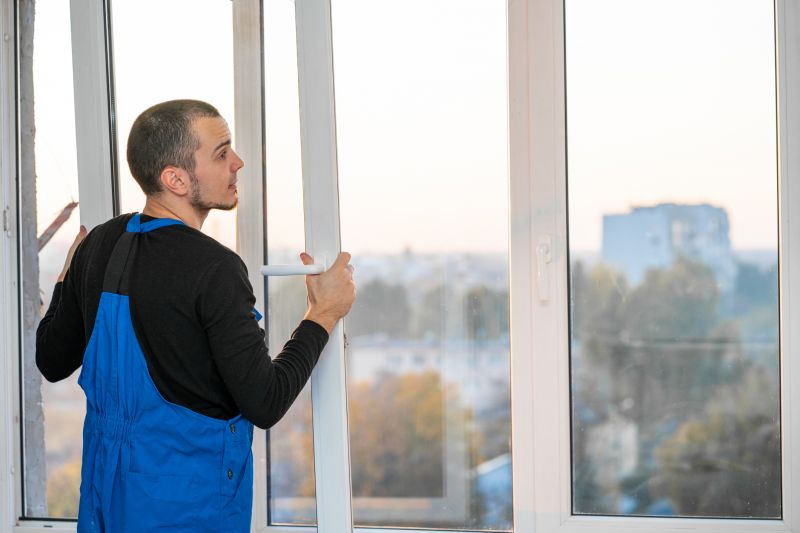Energy-efficient Glass Tinting for Homes
Residential glass tinting involves applying a specialized film to windows to enhance privacy, reduce glare, and improve energy efficiency. This process can significantly impact the comfort and functionality of a home by controlling sunlight and heat transfer. Properly installed tinting can also protect interiors from UV damage and reduce energy costs associated with cooling and heating.

A completed residential window tinting project showcasing a sleek, uniform film application that enhances privacy and reduces glare.

Tinted windows effectively manage natural light, creating a more comfortable living environment and protecting furnishings from UV exposure.

Properly tinted windows can contribute to lower energy bills by reducing the need for air conditioning during hot months.
Statistics indicate that residential glass tinting can block up to 99% of UV rays and reduce solar heat gain by as much as 78%. This results in a more consistent indoor temperature and less strain on cooling systems. The lifespan of high-quality tint films typically ranges from 10 to 15 years, depending on maintenance and exposure conditions.
Installation Timeline for Residential Glass Tinting
Professional installation of residential glass tinting generally takes between two to four hours, depending on the number of windows and the complexity of the project. The process involves cleaning the glass thoroughly, measuring and cutting the film to fit each window, and carefully applying it to prevent bubbles and wrinkles. Experienced installers ensure a smooth, even finish that enhances the appearance and performance of the tint.
Benefits of Hiring a Professional for Glass Tinting
Engaging a professional ensures the tinting is applied accurately and efficiently, reducing the risk of air bubbles, creases, or improper adhesion. Professionals use specialized tools and techniques to achieve a clean, long-lasting finish. This expertise can also help in selecting the right film type for specific needs, whether for privacy, glare reduction, or energy savings.

A home with fully installed window tinting, demonstrating a seamless and professional finish.

Specialized tools used by installers to ensure precise and bubble-free film application.

A view through tinted windows showing reduced glare and improved comfort inside the home.
The process of residential glass tinting involves careful surface preparation, precise measurement, and meticulous application. A professional ensures that the film adheres properly and maintains clarity over time. Proper installation can extend the lifespan of the tint and maintain its appearance without peeling or bubbling.
If considering residential glass tinting, it is advisable to consult with experienced installers to determine the best film options and installation techniques for specific window types and home layouts. A properly tinted home can offer improved comfort, energy savings, and enhanced privacy.

Comparison of a window before and after tinting, highlighting the visual improvement and glare reduction.

A residential window showcasing a professional tint application that complements the home's aesthetic.

The exterior view illustrating the uniform appearance of tinted windows across the residence.
For homeowners interested in upgrading their windows, filling out the contact form can provide access to quotes and detailed information about available tinting options. Expert consultation can help identify the most suitable films to meet specific privacy, comfort, and aesthetic preferences.
